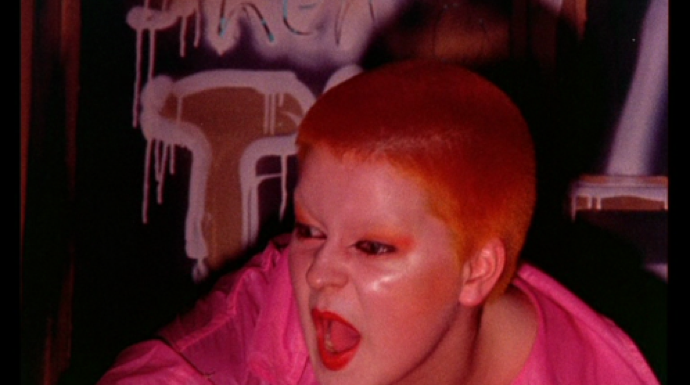Nov 2, 2011 9
Why Make Fellini the Scapegoat for New Cultural Intolerance? [Letter to the New York Times, 25 Nov 1993]
Recently I came across this letter to the Times penned by none other than Martin Scorsese, a week after Fellini’s death. It elucidates, in no uncertain terms, why the “Cultural Vegetables” argument is so dangerous, because it so often leads to (or stems from) intolerance and ignorance. Scorsese rightly focuses not on individual films but a generalized allergy to work perceived as too dull, difficult, or foreign. (It’s sad that the “new” cultural intolerance feels very old hat by now). For all intents and purposes, this letter could be a manifesto for World Cinema Foundation, Scorsese’s incredibly important initiative to preserve films from all over the world.
To the Editor:
“Excuse Me; I Must Have Missed Part of the Movie” (The Week in Review, 7 November) cites Federico Fellini as an example of a filmmaker whose style gets in the way of his storytelling and whose films, as a result, are not easily accessible to audiences. Broadening that argument, it includes other artists: Ingmar Bergman, James Joyce, Thomas Pynchon, Bernardo Bertolucci, John Cage, Alain Resnais and Andy Warhol.
It’s not the opinion I find distressing, but the underlying attitude toward artistic expression that is different, difficult or demanding. Was it necessary to publish this article only a few days after Fellini’s death? I feel it’s a dangerous attitude, limiting, intolerant. If this is the attitude toward Fellini, one of the old masters, and the most accessible at that, imagine what chance new foreign films and filmmakers have in this country.
It reminds me of a beer commercial that ran a while back. The commercial opened with a black and white parody of a foreign film—obviously a combination of Fellini and Bergman. Two young men are watching it, puzzled, in a video store, while a female companion seems more interested. A title comes up: “Why do foreign films have to be so foreign?” The solution is to ignore the foreign film and rent an action-adventure tape, filled with explosions, much to the chagrin of the woman.
It seems the commercial equates “negative” associations between women and foreign films: weakness, complexity, tedium. I like action-adventure films too. I also like movies that tell a story, but is the American way the only way of telling stories?
The issue here is not “film theory,” but cultural diversity and openness. Diversity guarantees our cultural survival. When the world is fragmenting into groups of intolerance, ignorance and hatred, film is a powerful tool to knowledge and understanding. To our shame, your article was cited at length by the European press.
The attitude that I’ve been describing celebrates ignorance. It also unfortunately confirms the worst fears of European filmmakers.
Is this closedmindedness something we want to pass along to future generations?
If you accept the answer in the commercial, why not take it to its natural progression:
Why don’t they make movies like ours?
Why don’t they tell stories as we do?
Why don’t they dress as we do?
Why don’t they eat as we do?
Why don’t they talk as we do?
Why don’t they think as we do?
Why don’t they worship as we do?
Why don’t they look like us?
Ultimately, who will decide who “we” are?
—Martin Scorsese
[New York, 19 Nov 1993]







































